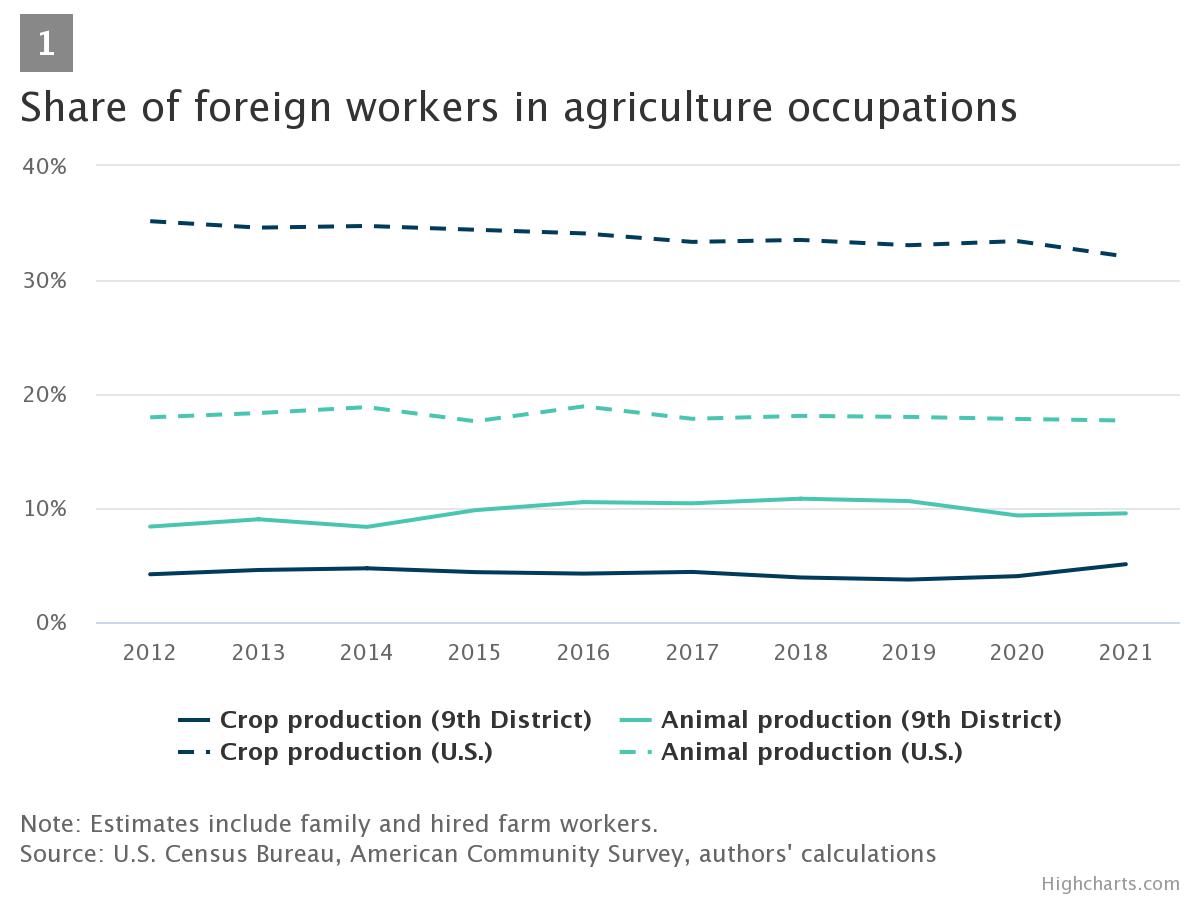Lack of Labor Remains a Serious Challenge for Farmers

A new survey from the Minneapolis Fed found ag bankers rank labor availability as a top concern for their farm clients.
The survey, which was conducted with ag bankers from the ninth district (Minnesota, Montana, North Dakota, South Dakota and Wisconsin), found the issue is viewed as a “serious challenge” for 63% of respondents and a minor challenge for the majority of the remaining 37%.
“It’s becoming more and more difficult to obtain the labor needed to operate,” a Minnesota-based banker told the Minneapolis Fed.
The availability of livestock workers was seen as more limited than crop workers and those surveyed also shared that finding long-term help is more difficult than temporary help due to the seasonal nature of the ag industry.
As far as how this compares to past conditions, 39% of respondents said labor availability has gotten “much worse” over the past five years and 44% said it’s “a little worse”.
The Minneapolis Fed attributes this challenge to the region’s low influx of migrant workers and aging workforce.
According to U.S. Census Bureau data, 10% of animal production employees in the area are foreign born, compared to 18% nationally. The number is even lower for crop production with just 5% of workers being foreign born, compared to 32% nationally.
The region also has some of the lowest unemployment rates in the U.S.


At the same time, the median age of workers in the region rose from 51 to 56 in 2021. The number of workers between 45 to 54 has declined over the past decade with a small increase of those between the ages of 25 to 44 and a large increase of those over 55.








